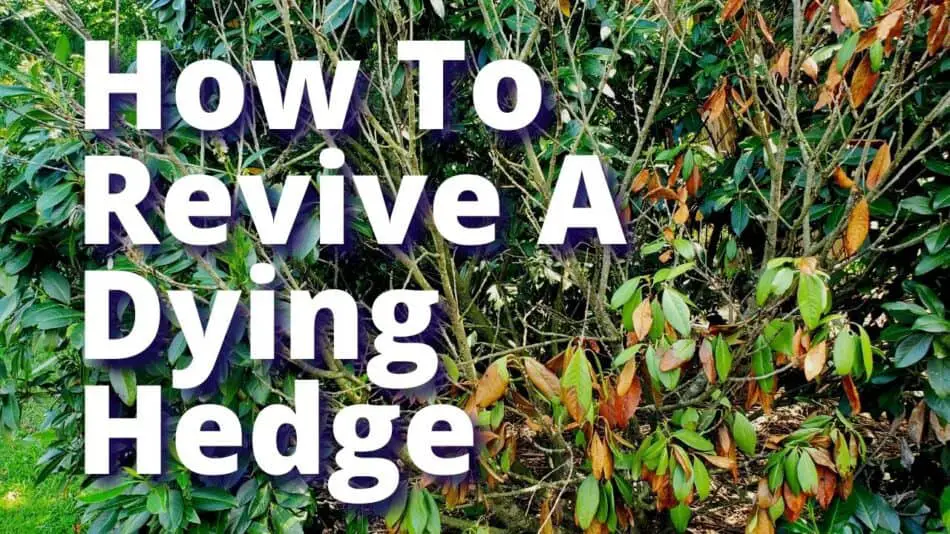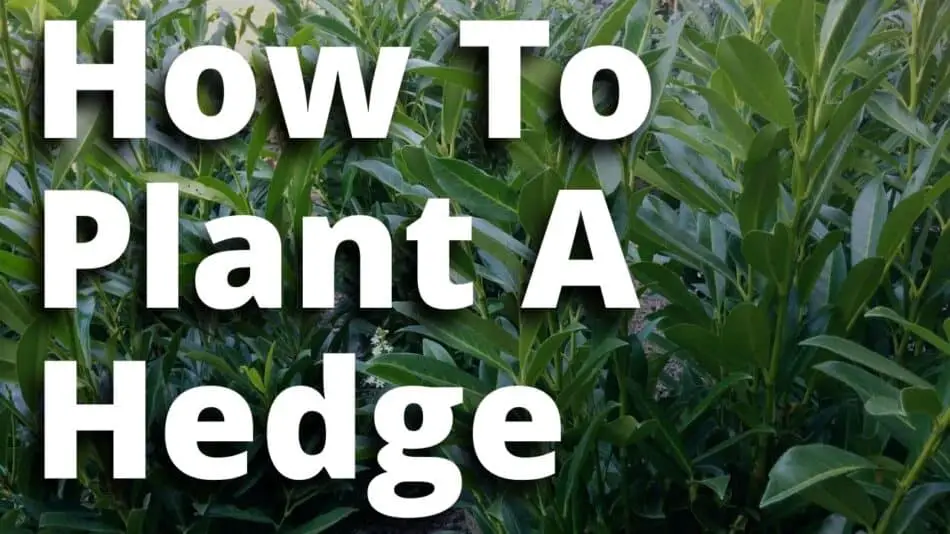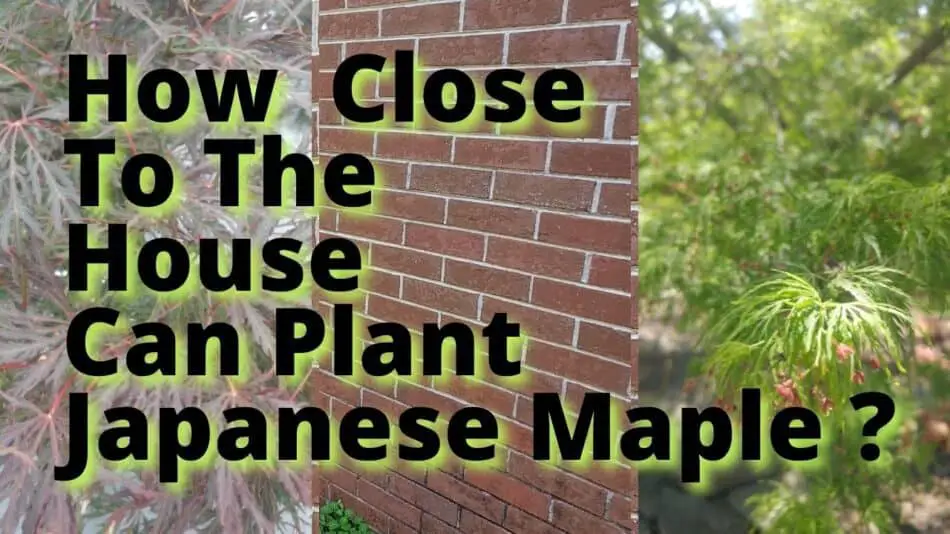- Choose correct fertilizer
- Determine correct amount of fertilizer
- Fertilize (verb)
Depending on the type of hedge, and the size/age of your hedge, the type of fertilizer will change.
Keep in mind:
What is the pH of your base soil and the pH preferences of your hedge plants? Most likely you will have either acid soil pH plants or Neutral pH soil plants.
A few common acid soil pH loving hedge plants are:
- Needled evergreens like dwarf spruce, and pines
- Broadleaf evergreens like laurel, holly, azalea and camellias
- Blueberries and mountain laurel
If when you google your hedge plant and you do not see it specifically mention that it prefers acid soil, then it is tolerant of a wide pH range of soils, surrounding neutral pH soil. Most plants fall in this range.
If your soil’s pH needs to lower, use soil acidified when planting, still with the below-mentioned Biotone starter fertilizer, and use Holly Tone as your granular fertilizer moving forward, as it will keep your pH at a level your acid-loving hedge needs.
When Planting-
When planting your hedge, fertilize with compost and slow-release fertilizers right in the hole they are being planted in. I also add mycorrhizae, which form a symbiotic relationship with the roots and make a measurable and significant increase in root growth. A good root system is a foundation to happy, healthy plants. I use Espoma Biotone a starter plant fertilizer and mycorrhizae in one.
Most conventional fertilizers have a specified time release such as 3-month, 4-month, or 6-month release. Liquid fertilizers are soluble all at once, both conventional and organic.
For a plant in the ground that will stay there for years, a granular fertilizer of organic sources works best because they naturally slowly break down and release their nutrients over a long, extended time.
Depending on the ingredient, it could be over a decade, like rock minerals and greensand. Blood meals are an organic source of nitrogen, that they release very quickly. Ingredients such as feather meal, bone meal, or alfalfa meal break down over months.
Look at the ingredients listed in the granular fertilizer mix and consider how fast it can be expected to break down and compost on its own. The more resistant, the longer it will still be releasing nutrients, and at a slower rate.
Every different fertilizer, conventional and organic, has different application rates. Check and follow these closely. Your hedge will not die from lack of nutrients without sending very strong signals that it is in distress first. Too much fertilizer will damage or even kill your hedge rapidly.
When you are not sure…use less fertilizer than you think. More fertilizer can always be added later, and you will fertilize again, either 3, 6, or 12 months roughly.
Use 1/4 of the specified amount of granular fertilizer mixed into the soil at the bottom of the soil, 1/2 in the backfill, and the remaining 1/4 just under the last lever of soil, under the mulch.
Add Fish & Kelp Liquid fertilizer, at the concentration specified by your brand, along with the water you are settling in the soil from planting with. The one I use is a standard in the horticulture world, Neptune’s Harvest. To mix Neptune’s Harvest Fish and Kelp, pour 1 oz, or 1/8 cup, into 1 gallon of water, which is a 1:12 ratio.
The Fish & Kelp provide vital micronutrients to your plants and improve your soil. There is a link above to get some.
Freshly Planted This Year-
Hedges just put in the first year are, and should be focusing their energy establishing the most extensive root system possible, to prepare to support top foliage growth. If they were fertilized when planted, they require no additional fertilizer the first year. If you worry your plants are not growing, click here to check out this article I wrote.
Established Hedges-
You can fertilize your hedges twice a tear with a granular fertilizer. Once in the early spring, just when you expect growth to start for the year, and again mid-summer when your climate has a second flush of growth. DO NOT fertilize after August. This can encourage late-season growth that will be tender and susceptible to winter damage. If you are looking for your hedge to grow faster, click here to read this article specifically on growing hedges faster.
Always follow the directions of application rates for your specific brand of fertilizer. Also, water-soluble concentrates, such as Miracle Grow need to be mixed with water first, then applied, never straight. Follow the package instructions, otherwise, the strong concentrations can quickly damage or kill your plants before your irrigation will dilute. Concentrates always need to be diluted before application!




To find out about foundation hedges , click here….
https://hortnews.extension.iastate.edu/1994/4-6-1994/ph.html




